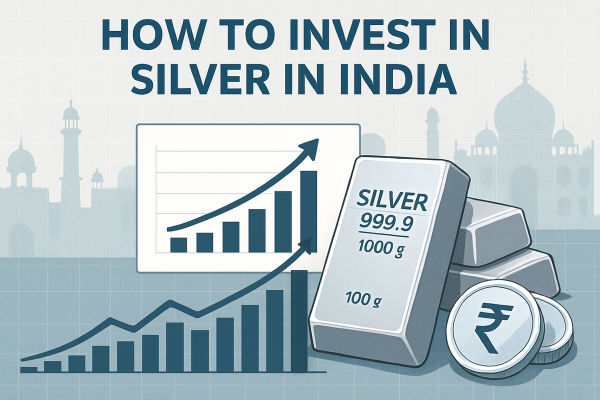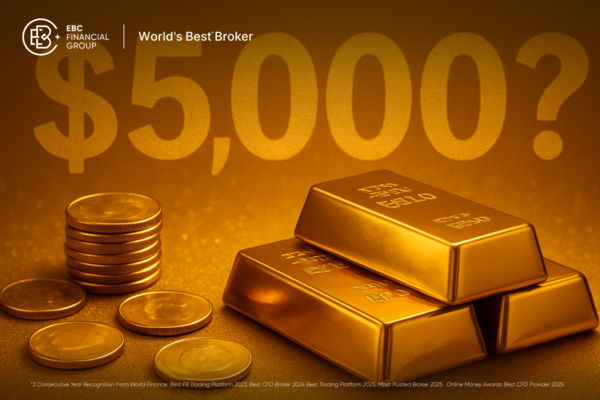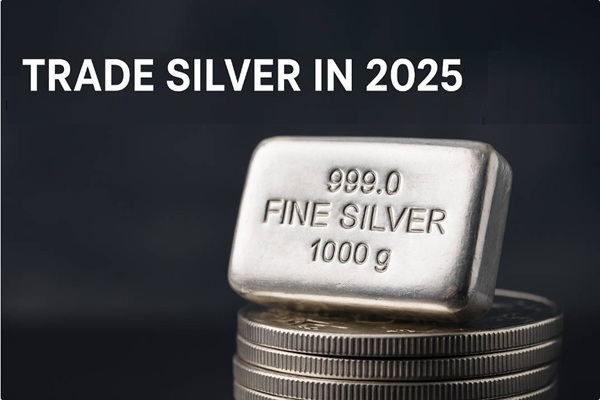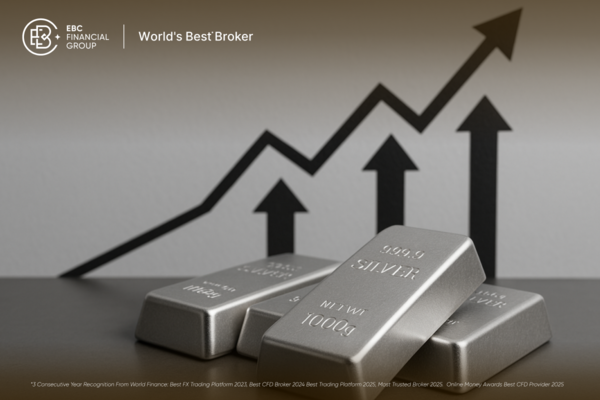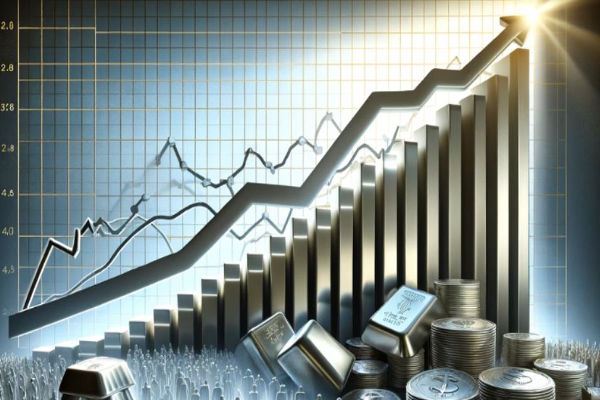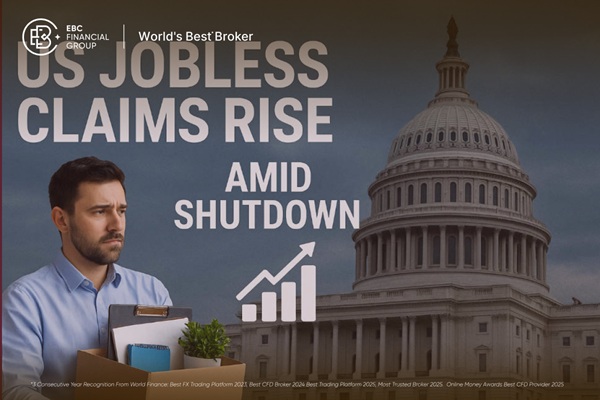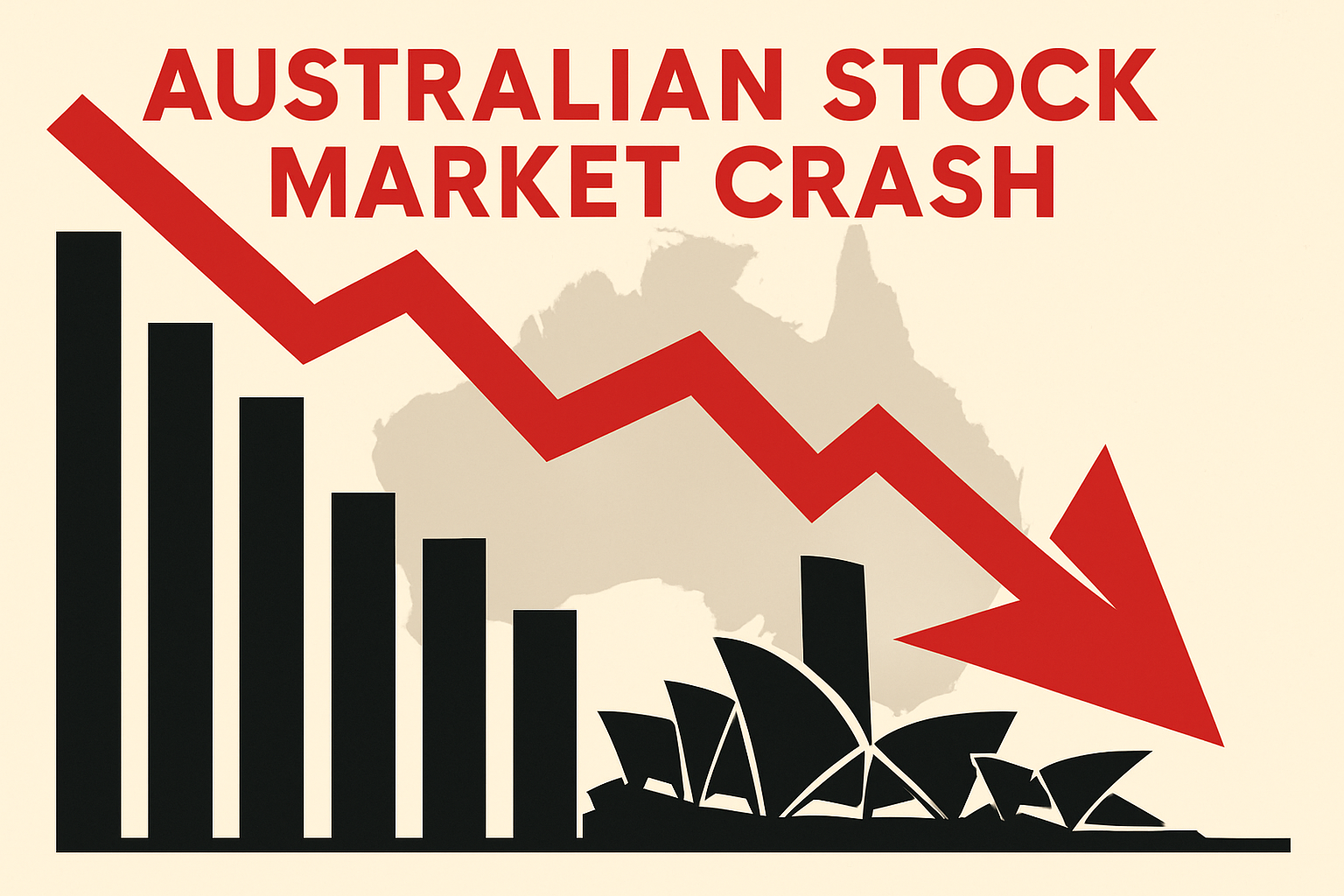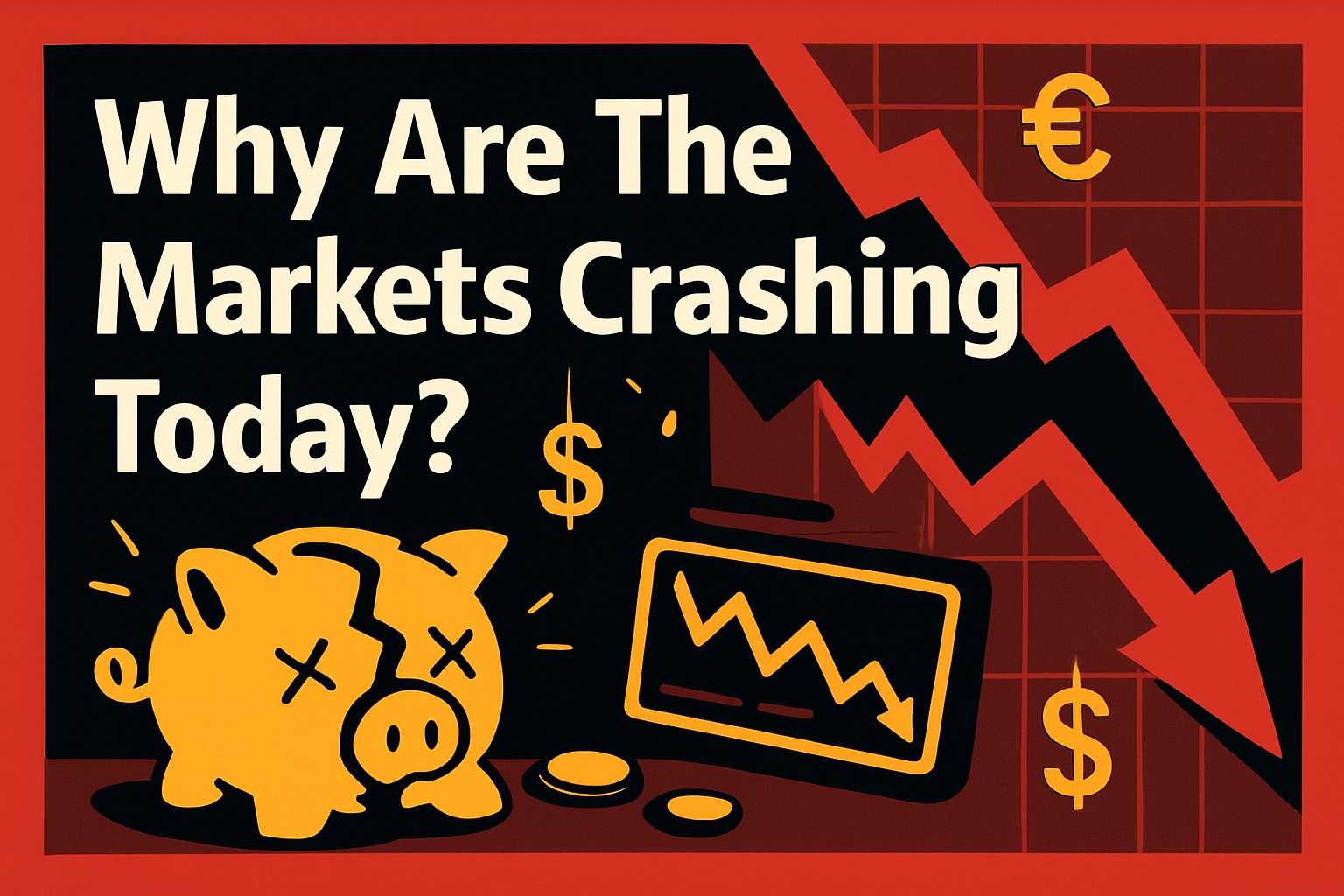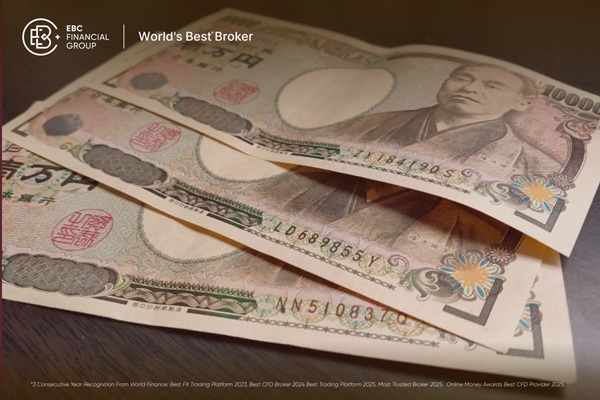As of May 2025, silver is capturing significant attention from investors and analysts alike. With its dual role as both an industrial metal and a store of value, silver's price trajectory is influenced by many factors.
This article delves into the current market dynamics, types of silver futures, expert silver futures price forecasts, and the key drivers that could propel silver prices in the latter part of 2025.
Current Silver Market Overview
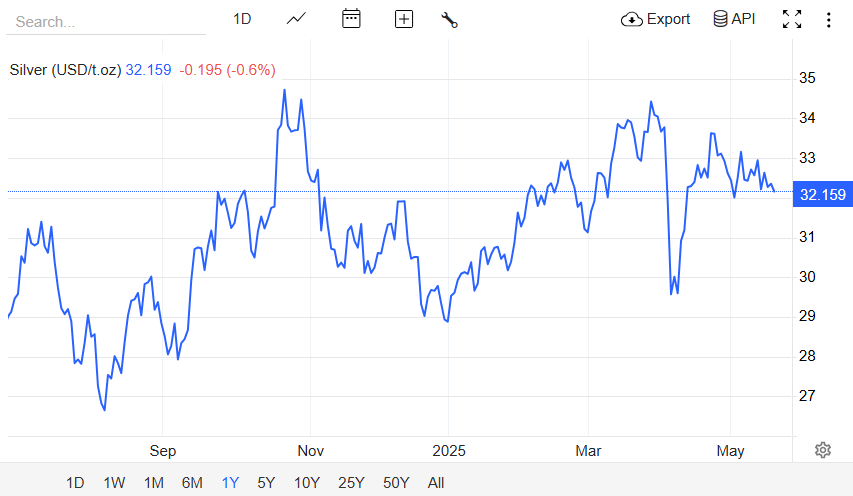
Silver has demonstrated robust performance in the first half of 2025. According to the latest data, silver prices have increased by approximately 11.8% since the beginning of the year, reaching around $32.82 per ounce in May.
This uptick is attributed to many factors, including heightened industrial demand and macroeconomic uncertainties.
Key Drivers Influencing Silver Prices
1. Industrial Demand
Silver's extensive use in various industries significantly impacts its price:
Renewable Energy: Silver is a critical component in photovoltaic cells for solar panels. With the global push towards renewable energy, demand from this sector is expected to rise.
Electronics and Automotive: The metal's excellent conductivity makes it indispensable in electronics and electric vehicles, sectors experiencing rapid growth.
2. Monetary Policy and Inflation
Central banks' monetary policies play a pivotal role:
Interest Rates: Anticipated rate cuts and ongoing monetary easing could weaken the U.S. dollar, making silver more attractive as a non-yielding asset.
Inflation Hedge: Investors often turn to silver as a hedge against inflation, especially during periods of economic uncertainty.
3. Supply Constraints
Silver supply is facing challenges:
Mining Output: A significant portion of silver is produced as a byproduct of other metals. Disruptions in base metal mining can reduce silver output, hence tightening supply.
Geopolitical Factors: Trade tensions and tariffs can impact mining operations and silver exports, influencing global supply chains.
Types of Silver Futures: Performance, Forecast, and Comparison
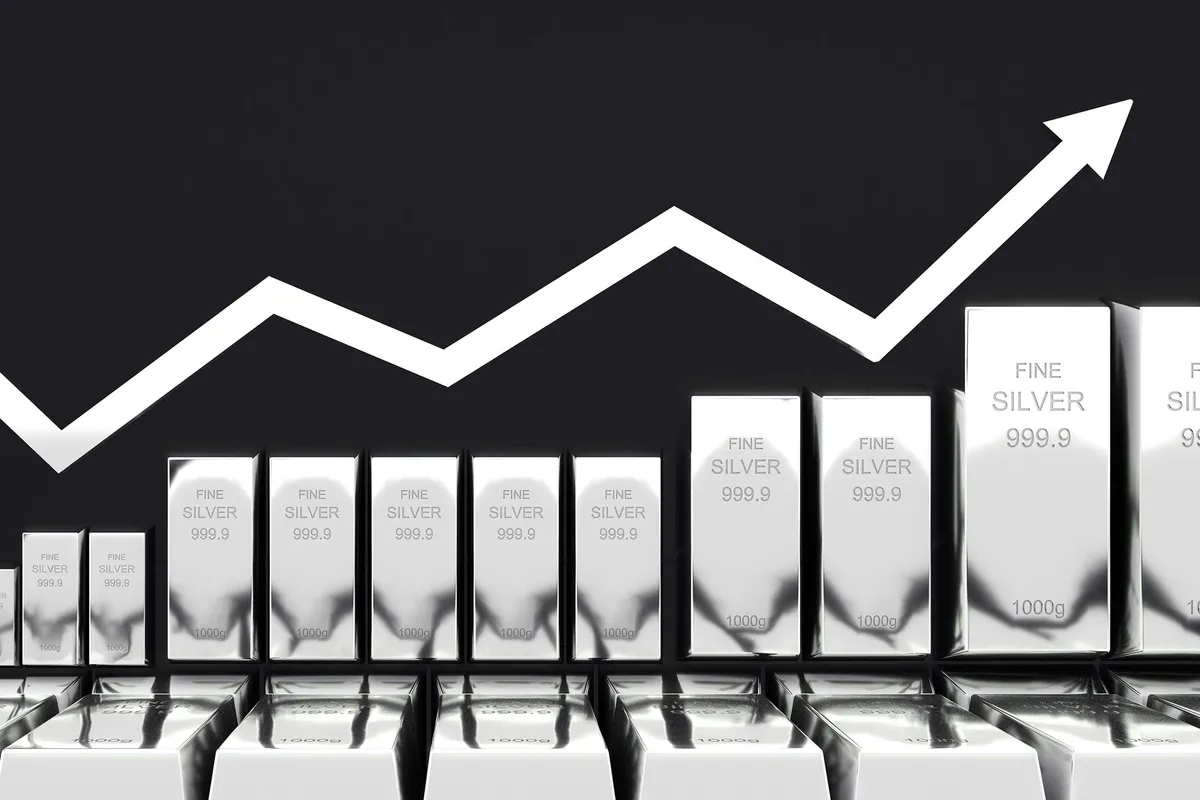
Silver futures are standardised contracts traded on commodities exchanges that obligate the buyer to purchase (or the seller to deliver) a specified amount of silver at a predetermined price on a future date. While they share the same underlying asset, different types of silver futures vary by exchange, contract size, Margin Requirements, and regional appeal.
1. COMEX Silver Futures (CME Group)
Contract Specifications:
Exchange: COMEX (a division of CME Group)
Ticker: SI
Contract Size: 5,000 troy ounces
Tick Size: $0.005 per ounce ($25 per contract)
Trading Hours: Nearly 24/7 (Globex electronic trading)
Current Performance (2025):
As of May 2025, COMEX silver futures (SI) are trading at $32.50 to $33.10 per ounce, showing strong gains of around 11% year-to-date, driven by increased industrial demand and monetary easing speculation.
Forecast:
Short-Term (2025): Analysts at JP Morgan and Saxo Bank expect prices to rise to $36–$38 per ounce by Q4 2025, supported by ETF inflows and industrial usage.
Medium-Term (2026–2027): Anticipated to continue trending higher due to global energy transition and tight supply.
2. COMEX Silver Futures (COMEX)
Contract Specifications:
Ticker: SIL
Contract Size: 1,000 troy ounces (1/5 of the full-sized contract)
Tick Size: $0.005 per ounce ($5 per contract)
Ideal for: Retail investors and smaller speculators
Current Performance (2025):
The Micro Silver Futures contract mirrors the SI contract's price movements. At ~$32.80 per ounce, its year-to-date return is also approximately 11%.
Forecast:
Same trajectory as standard COMEX silver contracts, but more accessible for individuals looking to trade lower notional values or hedge smaller physical holdings.
3. MCX Silver Futures (India)
Contract Specifications:
Exchange: Multi Commodity Exchange (MCX), India
Contract Size: 30 kg
Traded in Indian Rupees (INR)
Ticker: SILVERM (Mini), SILVER (standard), SILVERMIC (micro)
Delivery Location: Indian warehouses
Current Performance (2025):
Silver futures on MCX have risen to around INR 83,000 to 84,200 per kg, up 10–12% in 2025, mirroring global silver price movements. Performance has also been influenced by INR/USD exchange rate volatility and Indian import duties.
Forecast:
Short-Term: Expected to rise toward INR 88,000 to 90,000/kg by Q4 2025 due to festive demand and bullish global cues.
Medium-Term: Indian silver demand remains resilient, supporting prices amid macroeconomic shifts.
Benefits and Risks of Silver Futures
Benefits
Leverage: Small capital can control large positions
Liquidity: Especially high in COMEX and MCX futures
Hedging Tool: Protects against price volatility
Diversification: Useful for both industrial and monetary exposure
Risks
High Volatility: Price swings can lead to rapid losses
Margin Calls: Futures trading requires maintenance margins, increasing the risk of forced liquidation
Complexity: Not ideal for beginners without education in futures mechanics
Time Decay: Though not an option, roll costs in continuous futures trading can eat into profits
Conclusion
With silver trading above $32 per ounce and analysts forecasting prices as high as $40–$50, silver futures are at the centre of attention for forward-looking investors in 2025. Whether through COMEX, MCX, or micro contracts, futures provide scalable opportunities for both speculation and hedging. However, traders must be cautious of leverage risks and macroeconomic events that disrupt trends.
The bottom line? Silver futures may be on track for significant gains in 2025, especially if inflation persists, industrial demand surges, and monetary policies continue to shift dovishly. Choosing the right futures instrument depends on your region, capital, and trading objectives.
Disclaimer: This material is for general information purposes only and is not intended as (and should not be considered to be) financial, investment or other advice on which reliance should be placed. No opinion given in the material constitutes a recommendation by EBC or the author that any particular investment, security, transaction or investment strategy is suitable for any specific person.








